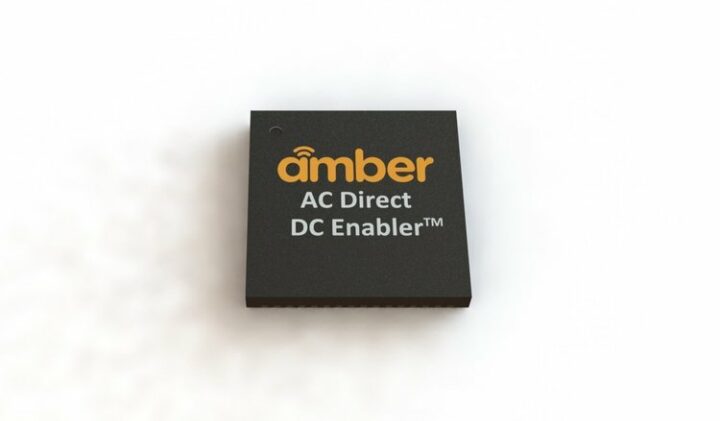Power supplies would typically transform AC mains to DC voltage with the use of transformers, rectifiers, or filtering, but Amber Solutions’ AC Direct DC Enabler chip claims to do without those old tech electromechanical components by enabling DC extraction directly from AC mains through solid-state architecture.
The company claims the technology leads to dramatically smaller size footprints, while simultaneously “delivering a much more dynamic, configurable power delivery capability”. Consumer, commercial and industrial electrical products manufacturers and semiconductor companies can already evaluate the technology as the AC Direct DC Enabler is now available as a demo kit.
The company made bold claims even announcing the death of transformers:
The magic of the Amber AC Direct DC Enabler is that it allows manufacturers to add modern intelligence and enhanced functionality to new and existing products using much smaller silicon chips to manage and deliver DC power. Using a single silicon chip, this patented AC Direct power delivery system provides increased reliability and dramatically smaller size than today’s standard bulky AC /DC power converters, which will eventually disappear and become a relic of our analog past.
It may also end up being quite cheaper since it can eliminate up to 50 percent of the components in standard analog power converters, smart features like energy usage monitoring can be integrated, and another claim is that the risk of electrical fires will be greatly reduced:
The company envisions a world where every circuit breaker, outlet, light switch, appliance, and more are embedded with Amber’s silicon-based intelligence, enabling connectivity and communications in real-time, providing unprecedented insights into energy usage, novel control schemes such as integrated voice control and even potentially reducing insurance costs as electrical fires become a thing of the past.
![]() If we believe the illustration above, Amber’s current solid-state solution is 28x13mm, but the company is working on a 20x10mm chip as well. If I understand that correctly 110-230V AC would be fed directly into that silicon chip which would then deliver 5V DC or another voltage. There are some technical details on the technology page:
If we believe the illustration above, Amber’s current solid-state solution is 28x13mm, but the company is working on a 20x10mm chip as well. If I understand that correctly 110-230V AC would be fed directly into that silicon chip which would then deliver 5V DC or another voltage. There are some technical details on the technology page:
- Output power – 0.2W to 15W
- Dynamic input voltage – 50V to 480V
- On-demand output voltage 3.3V, 5V, 12V, or anything in between
- Highest power density at 5W per cubic inch
- Short circuit, over-voltage, and thermal protection
- UL safety certifications
So it’s clearly not suitable for typical home appliances, but many electronic devices will qualify including phones (no Quick Charging), TV boxes, LED lights, entry-level single board computers, and so on. Since the chip is so small it will most probably be integrated directly on the PCB instead of a separate power supply in most cases. One of the first customers of Amber will be Infineon Technologies.
While manufacturers can evaluate the technology with the AC Direct DC Enabler evaluation platform today, it will take longer for commercial devices to be launched since a production-ready silicon chip format is scheduled for release in early 2023 or sooner.
Additional information may also be available on the press release.
Thanks to TLS for the tip

Jean-Luc started CNX Software in 2010 as a part-time endeavor, before quitting his job as a software engineering manager, and starting to write daily news, and reviews full time later in 2011.
Support CNX Software! Donate via cryptocurrencies, become a Patron on Patreon, or purchase goods on Amazon or Aliexpress





